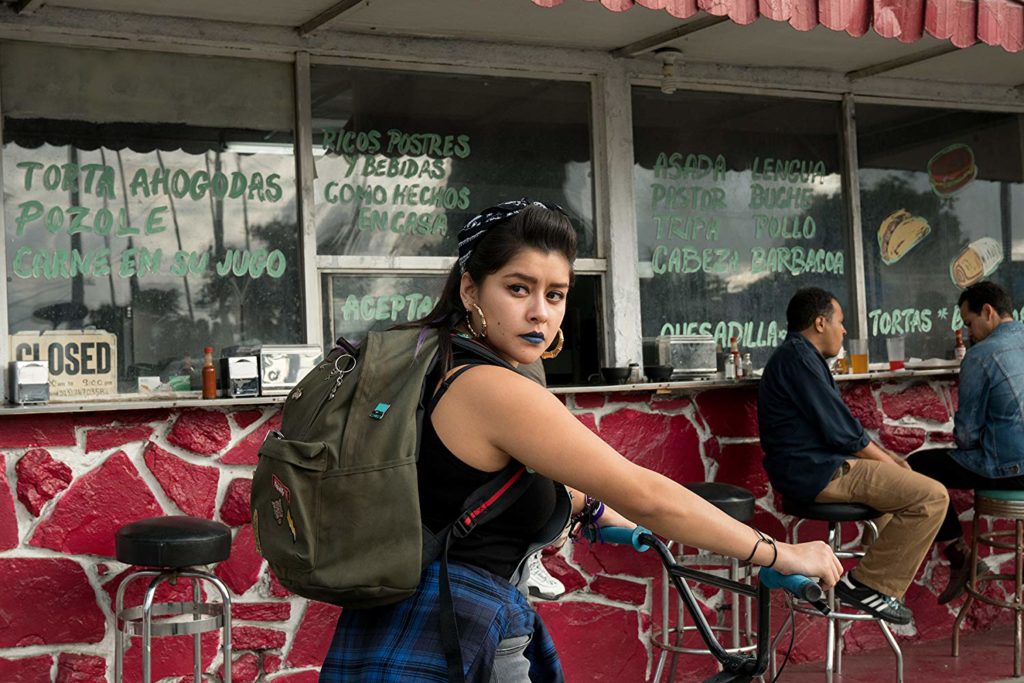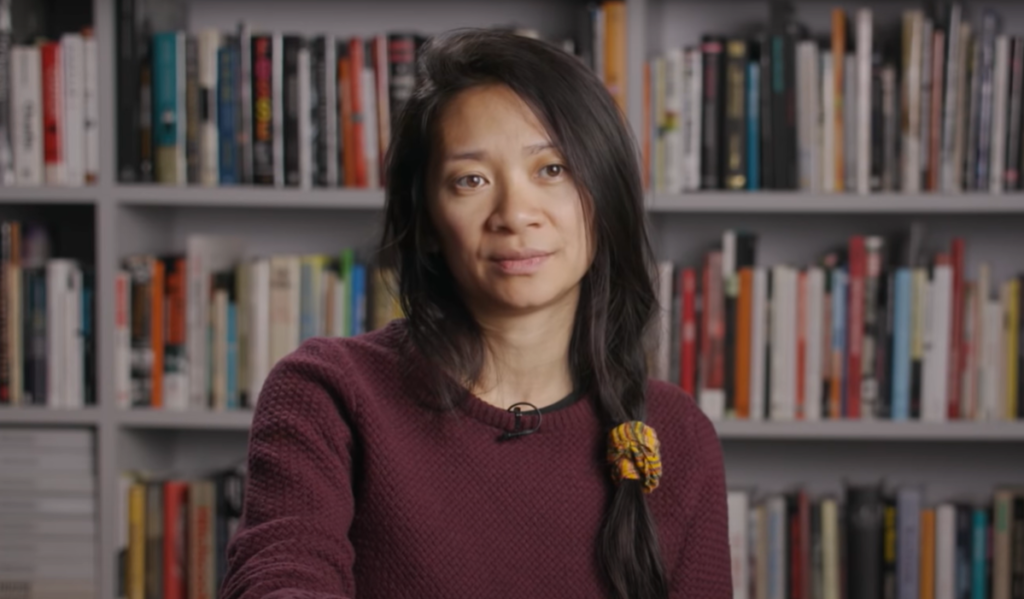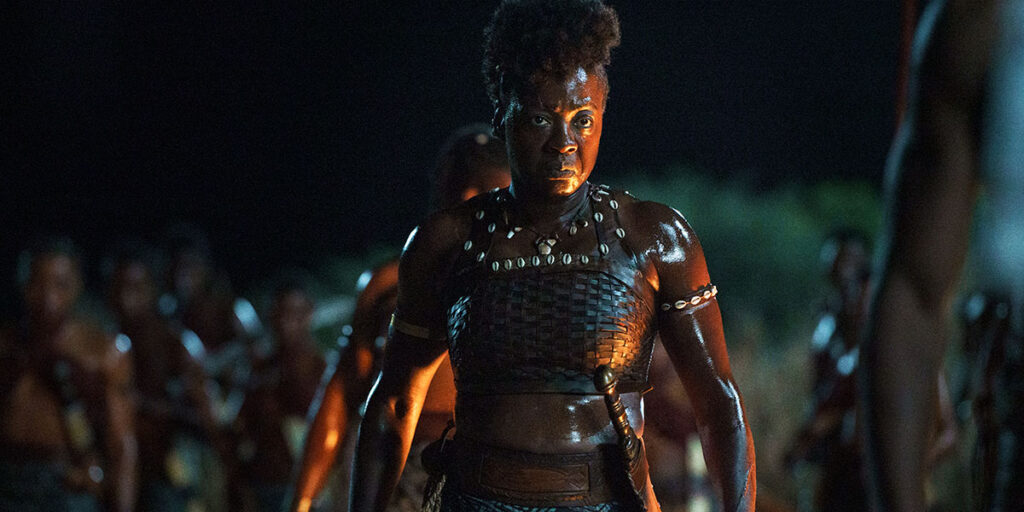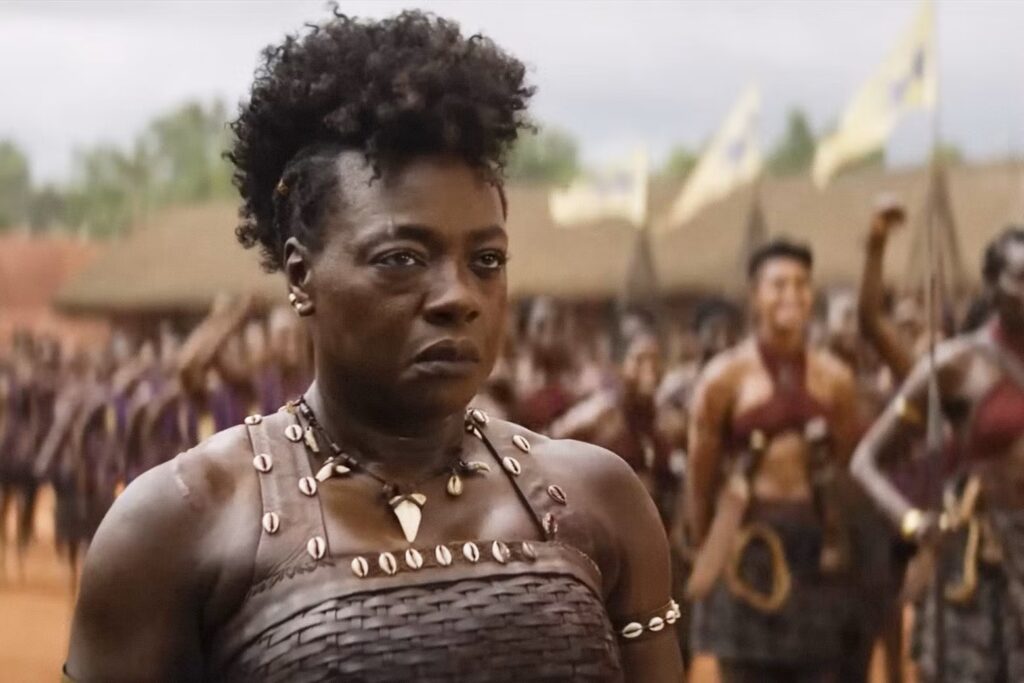Despite the premieres of series such as “Vida,” “She’s Gotta Have It,” “Marvelous Mrs. Maisel,” and “Killing Eve,” the 2018-17 TV season wasn’t a great one for women. The new “Boxed In” report from Dr. Martha Lauzen and the Center for the Study of Women in Television and Film reveals that the season saw declines in both the number of women in speaking roles on TV and the number of women working behind the scenes — not exactly the trajectory one would hope for.
Forty percent of all speaking characters across broadcast, cable, and streaming services were women, a two percent dip from 2016-17. To add insult to injury, this number is lower than it was in the 2007-08 season, 43 percent.
Breaking down 2017-18’s speaking female characters by race, the number of Black and Asian women plateaued at 19 and six percent, respectively. And, although Latina speaking roles reached a historical high of seven percent, “they remain the most underrepresented ethnic group when compared to their representation in the U.S. population.”
As for the women behind the camera, they made up 27 percent of all creators, directors, writers, executive producers, producers, editors, and directors of photography, as compared to the previous season’s 28 percent. Sixty-nine percent of the season’s offerings employed five women or less. Just 13 percent hired five men or less.
Women accounted for 22 percent of creators and 26 percent of exec producers across all platforms, marking decreases from last season’s 23 percent and 28 percent. As the study — and previous television research before it — found, the number of women creators and EPs often influences representation in other areas of a program. On shows with one or more women creators, women comprised 47 percent of major characters, in contrast to the 38 percent on series with no female creators. On series with at least one woman EP, 29 percent of writers were female versus the eight percent on programs without any women EPs.
Lauzen suggests that initiatives specifically designed to increase the pipeline of female creators and exec producers are the most effective way of boosting women’s representation on both sides of the camera. “The findings indicate that strategies aimed at increasing the numbers of women creators and executive producers would help make subconscious bias work for women rather than against them,” she observed. “These individuals hold the keys to viewers seeing more female characters on screen and more women working in other important behind-the-scenes craft areas including writing, directing, and editing.”
“Boxed In” also analyzed women’s representation on each major broadcast network. Considering the culture of sexism Les Moonves allegedly oversaw for decades, it’s no surprise that CBS came in last place for both women’s speaking roles (37 percent) and women working in off-camera roles (23 percent). As for the other networks, women accounted for 39 percent of speaking characters and 36 percent of off-camera roles at The CW; 40 percent and 25 percent at Fox; 43 percent and 33 percent at ABC; and 44 percent and 25 percent at NBC.
Check out “Boxed In’s” key findings below. You can read the entire study here.
- 68% of the programs considered featured casts with more male than female characters in 2017-18. 11% had ensembles with equal numbers of female and male characters. 21% of the programs featured casts with more female than male characters.
- Females comprised 40% of all speaking characters.
- By platform, females accounted for 41% of all speaking characters on broadcast network programs, 40% on cable programs, and 39% on streaming programs.
- Females comprised 40% of major characters on broadcast network, cable and streaming programs.
- Across platforms, the percentage of Latina characters in speaking roles reached a historical high in 2017-18. The percentage of Latinas increased from 5% in 2016-17 to 7% in 2017-18. Despite this increase, Latinas remain the most underrepresented ethnic group when compared to their representation in the U.S. population.
- Black characters remained steady at 19% of all female characters in speaking roles. Similarly, the percentage of female Asian characters in speaking roles remained unchanged at 6%.
- 76% of male characters but 63% of females had identifiable occupations. Further, 61% of males but 50% of females were seen in their work environment, actually working.
- Female characters were more likely than males to play personal life-oriented roles, such as wife and mother. In contrast, male characters were more likely than females to play work-oriented roles, such as business executive. For example, 58% of male characters and 42% of females were seen playing professional roles.
- Women comprised 27% of all creators, directors, writers, producers, executive producers, editors, and directors of photography working on broadcast network, cable, and streaming programs.
- By platform, women accounted for 27% of behind-the-scenes individuals working on broadcast network programs, 28% on cable programs, and 27% on streaming programs.
- The employment of women working in key behind-the-scenes positions on broadcast network programs has stalled, with no meaningful progress over the last decade. Women comprised 27% of all creators, directors, writers, producers, executive producers, editors, and directors of photography working on broadcast network programs in 2017-18.
- Overall, programs employed behind-the-scenes women in relatively small numbers. 69% of programs employed 5 or fewer women in the behind-thescenes roles considered. In contrast, only 13% of programs employed 5 or fewer men. 2% of programs employed 14 or more women in the behind-the-scenes roles considered. In contrast, 45% of programs employed 14 or more men.
- Women fared best as producers (40%), followed by executive producers (26%), writers (25%), editors (24%), creators (22%), directors (17%), and directors of photography (3%).
- 97% of the programs considered had no women directors of photography, 86% had no women directors, 76% had no women editors, 75% had no women creators, 74% had no women writers, 25% had no women producers, and 22% had no women executive producers.
- In 2017-18, women comprised 27% of creators.
- Programs with at least 1 woman creator employed substantially greater percentages of women in other key behind-the-scenes roles and more major female characters than programs with exclusively male creators. For example, on programs with at least 1 woman creator, women accounted for 27% of directors versus 13% on programs with no women creators. Similarly, on programs with at least 1 woman creator, women comprised 45% of writers versus 16% on programs with no women creators.
- Programs with at least 1 woman executive producer featured more female characters in speaking roles and major roles, and more women in other key behind-the-scenes positions, than programs with exclusively male executive producers. For example, on programs with at least 1 woman executive producer, females accounted for 42% of major characters. On programs with exclusively male executive producers, females comprised 33% of major characters.







